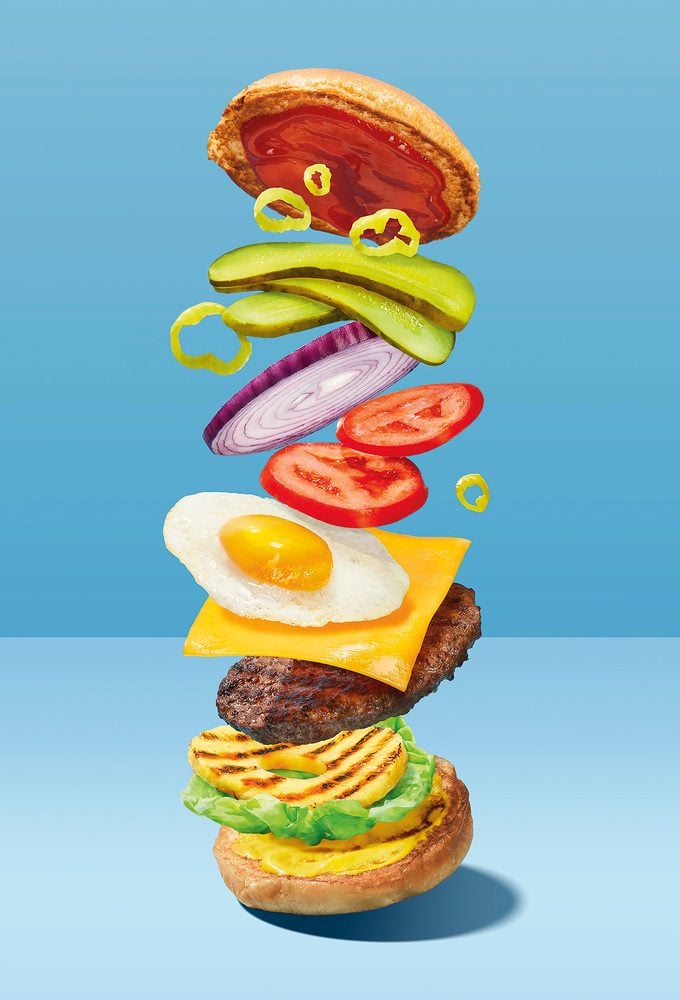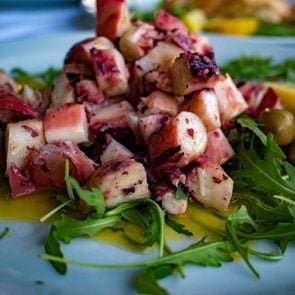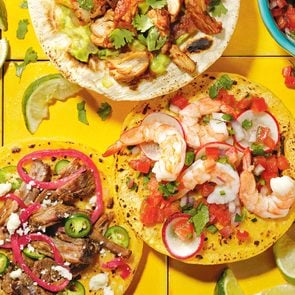How the Hamburger Became the World’s Favourite Sandwich
One of the few foods you can find at both fast-food drive-throughs and Michelin-starred restaurants, burgers are, well, king.

A royal reputation
Americans alone eat some 50 billion hamburgers each year, but “burgernomics” are international: The Economist magazine uses its Big Mac index to compare the purchasing power of various nations’ currencies based on the price of the McDonald’s staple, with the U.S. price serving as a baseline. (In 2022, for example, the priciest Big Mac among 58 countries was in Switzerland, US$6.71; the cheapest was in Venezuela, US$1.76. The U.S. price was $5.81.)
The hamburger origin story
While both the Roman and Mongol empires enjoyed early versions of what we call hamburger meat, it came to be associated with the German city that would ultimately give it its name in the 18th and 19th centuries: Hamburg.
A 1747 English cookbook had a recipe for “Hamburg sausage” made with minced beef. And by the start of the 19th century, German emigrants sailing from Hamburg, a major port, took with them cakes of salted beefsteak as sustenance for their long sea voyage to the New World. The salting helped preserve it for the journey, and it could be eaten without the need for utensils.
Americans originally called the dish “Hamburg steak,” and, eventually, “hamburger.” It’s still not known for sure who can be credited as being the first to “invent” the sandwich. In 1885, both “Hamburger Charlie” Nagreen of Seymour, Wisconsin, and the Menches brothers of (fittingly) Hamburg, New York, served ground-beef sandwiches at their local fairs.
Meanwhile, Louis’ Lunch in New Haven, Connecticut, claims to be the oldest burger joint in America, serving beef patties between slices of white toast since 1900. And the first burger chain in the U.S. was neither McDonald’s nor Burger King. The craze kicked off in 1921 when Kansas cook Walter Anderson co-founded White Castle.
During both World Wars, the Germanic moniker came to be seen as unpatriotic in America, and some restaurants opted to change the name to “liberty sandwich” or “liberty steak.” That didn’t stick.
Burgers go global
Not everyone considers hamburgers a handheld food. Many around the world prefer to tackle theirs with a fork and knife. Among them: the late Queen Elizabeth II—and some French diners. (There’s even a hyperspecific burger knife made by Wüsthof.)
Today’s variations are just about endless. The beef can be swapped for turkey, bison, squid (popular in Japan) or a portobello mushroom cap. In Australia, beyond typical add-ons like cheese, pickles and ketchup, you can choose a fried-egg topper, and slices of pineapple, pumpkin and beet. In Belgium and the Netherlands there is the Bicky burger, which features a deep-fried patty made with pork, chicken and horse meat.
Considering that burgers are a staple on menus all over the world, it’s no surprise there are so many ways to cook, top and eat this classic.
Now that you know the hamburger origin story, discover the history of gelato, a frozen Italian treat that’s become a global favourite.






